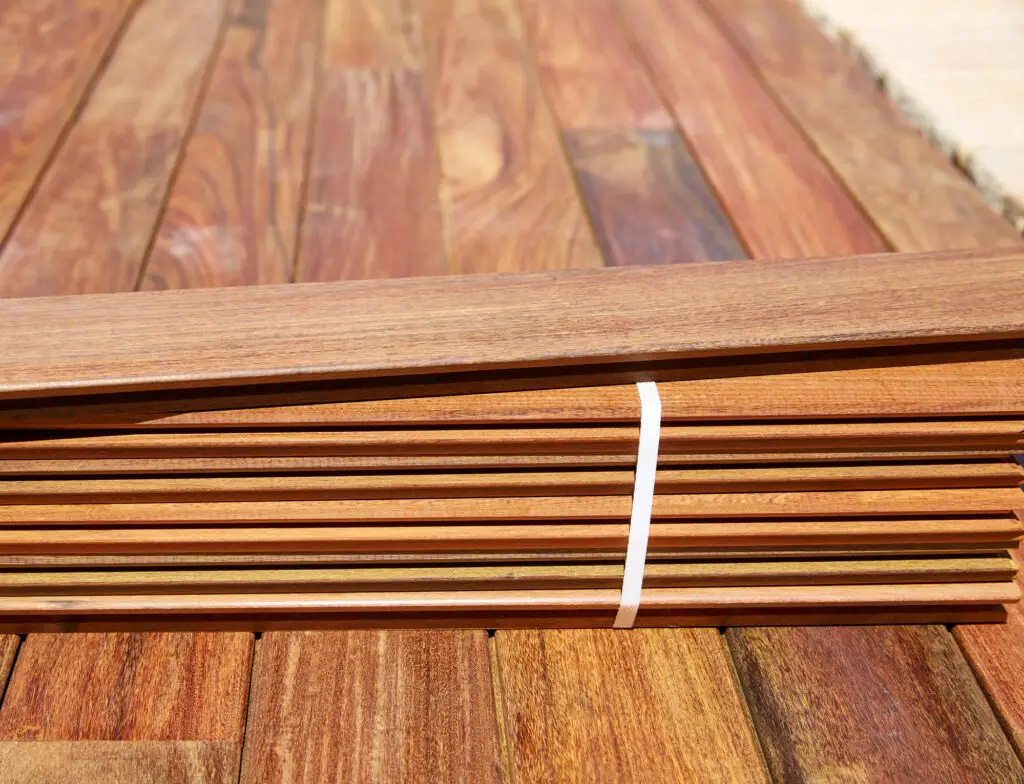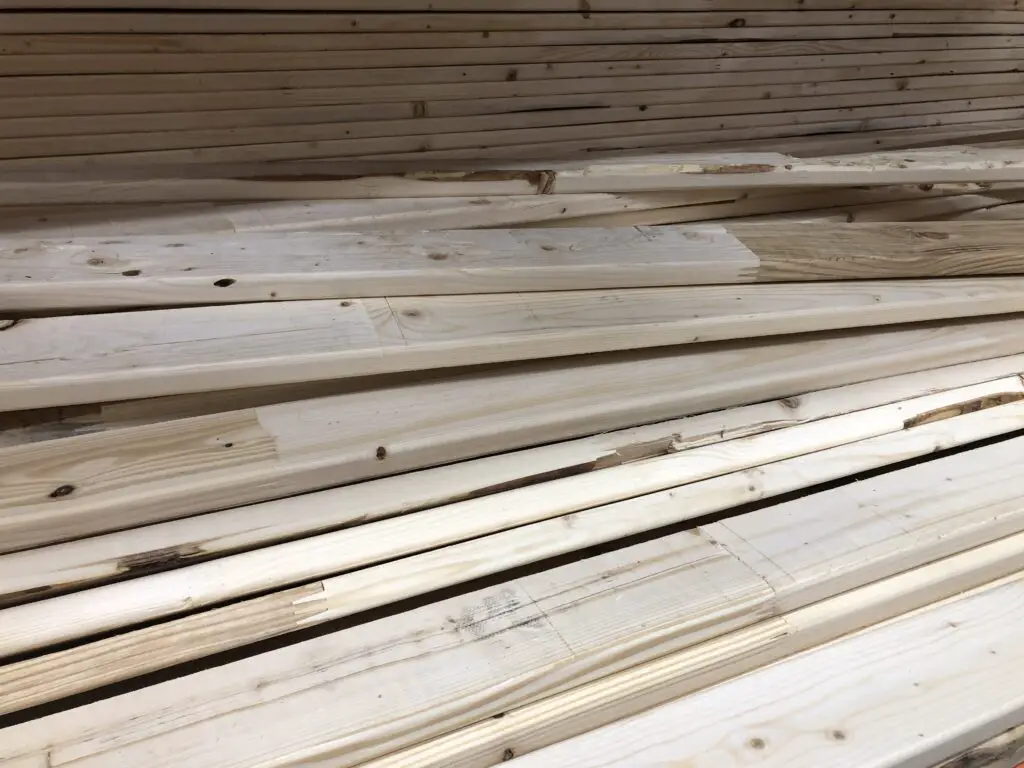When working with wood, it is almost guaranteed that you will eventually have to deal with wood that has been deformed somehow. You might run across boards that are cupped, warped, or bowed either in your workshop or even at the lumber yard.
If you come across a bowed board in your workshop, you may be extra bummed because it likely cost you a few pennies to purchase. You may even be wondering if it is salvageable for your next project. The good news is that it is most likely something you can fix or work around!
The first method of dealing with a bowed board is to plane or mill the wood down to the point where it is again straight. You can also try to apply heat or steam to bend the board back into the desired shape. Both of these methods can be time-consuming, and they are not recommended for cheaper lumber. One reason is because your time is valuable and fixing cheap lumber may not be worth it in the long run. Second, the structural integrity may already be compromised in a cheap, bowed board.
What Causes Board Bowing
Wood bowing is most commonly caused by different moisture levels within the wood that change unevenly. One way this can happen is when one portion of the board dries faster than another portion. This causes the wood to become stressed, resulting in the bowing.
The most common ways you may see a board bowing are curling at the wood’s edges or a board bending sideways.
How Do I Straighten a Bowed Board?
The first step to straightening a bowed board is finding a way to re-moisturize the wood so it becomes pliable again. While soaking it is an option, you may yield better (and faster) results by steaming the wood instead.
Once you have thoroughly moisturized and it has reached a malleable state, you can reshape it to a flat state using clamps. Then you should leave the board out in a sunny and well-ventilated area to dry off—hopefully, into its new straightened state.
Pro Tip: If you don’t have clamps, anything heavy enough to keep the board down straight will suffice.
If steaming the wood is not an option, ironing the wood is another method you can use. Take a damp towel and place it over the bowed piece of wood. Then you can use an iron to press down and re-moisturize the board. Of course, this method is more efficient for smaller pieces of wood. (Although, you can certainly try it on larger ones if you don’t mind ironing.)
How Do I Keep My Boards from Bowing
The most efficient way to keep boards from bowing is to choose wood verities that are less prone to warp or bowing in the first place. They may cost more, but a little upfront investment in your project can save the project later on.
by monitoring their drying process. Not drying the wood enough will result in worsened bowing. Overdrying the wood could result in cracking and split ends. As long as you properly monitor the wood and maintain a stable environment for it to dry in, you should have little to no risk of bowing.
Another efficient way to prevent bowing is by maintaining a proper storage area for the wood. Generally, any cool, shady, and dry place will work well for storage. If you are in a place with high humidity, it is best to wrap the wood in some material that protects it against moisture. This prevents the wood from absorbing the water in the air.
Which Woods Are Less Likely to Bow
While there are certainly many kinds of wood with bow-resistant properties, we will be going over the four most resistant to bowing. Generally, woods with a straight grain or any swell-resistant properties will be less likely to bow than others.
Redwood is strong and lightweight. It is resistant to shrinking and swelling, which many other woods are prone to do. According to the U.S. Dept. of Agriculture, redwood shrinks less than other softwoods and possesses resistance to decay.
Cypress is another durable wood with a warp-resistant straight grain. It is easily compatible with hand and power tools and has a naturally decay-resistant oil within the wood called Cypressene.
Cedar is a very dense species, and it can hold up to even the most adverse weather. It is a very light hardwood with natural insect resistance. Its durability and tendency to hold its shape makes it an often costly wood to purchase.
Lastly, Pine is yet another straight grain wood. While it may be less prone to warping, it is softer than many other wood varieties. The softness means it is more prone to indents and marks, but its high resistance to warping makes it a popular woodshop choice.

